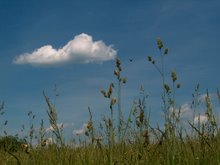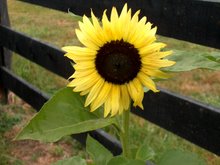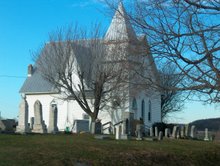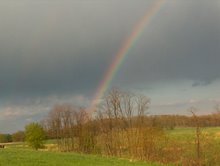
Foraging for wild foods and game are longstanding Appalachian traditions. Foraging examples would include ramps, morrel mushrooms, black walnuts, hickory nuts, native plums and dozens, if not hundreds, of other items. I took the photos near the gravel lane leading to our house. This persimmon tree is absolutely loaded with fruit. If you taste one before it is ripe it will parch your lips and mouth. The fruit softens after a freeze or two at which point the fruit becomes very sweet. Pretty amazing that with no cultivation, watering, fertilizing or anything, a bountiful natural fruit crop occurs. If you do a web search for persimmons you'll get a wealth of information. We hope to try a few recipes this year. The new Nov/Dec issue of Hobby Farms magazine had some info also. "Wild On The Farm": Sweet and sumptuous wild persimmon pudding is a Thanksgiving tradition throughout the South. Persimmons are also delicious right off of the tree but only in late autumn when they're at their mouthwatering sugary best. The word persimmon is derived from the Algonquin word"pessamin" , meaning "dry fruit". Dried persimmons were a staple in Native American villages; the Indians taught white settlers to eat persimmons too. Of persimmons, Captain John Smith wrote, "If it be not ripe it will drawe a man's mouth awrie with much torment; but when it is ripe, it is as delicious as an Apricot". Persimmon trees flourish from Massachusetts to Florida and as far west as Nebraska and Texas. A member of the Ebony family, the persimmon tree's wood is highly prized for fashioning textile shuttles', pool cues, and golf clubs. Only female trees bear fruit.





















No comments:
Post a Comment